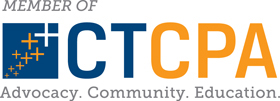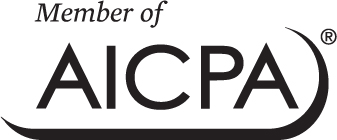 My grandparents’ idea of saving was stuffing their money in the mattress. For them investing meant going to the local bank and putting money in a CD, and even that was thought to be too risky!
My grandparents’ idea of saving was stuffing their money in the mattress. For them investing meant going to the local bank and putting money in a CD, and even that was thought to be too risky!
What saving and investing have in common is the goal to make your money grow. Beyond that there are differences between saving and investing when it comes to your goals, life-style, risk factors, and money management.
SAVE if…
you have short-term goals such as a ‘rainy day’ fund or a dream vacation.
you need access to ready cash.
you want minimal risk or no risk.
you are content with earning interest, a lower return, but a slow trickle of growth that is still better than no growth.
INVEST if…
you want to achieve major long-term goals such as a college fund or your future retirement.
you don’t need quick access to the cash.
you are a risk taker, and although it may involve some loss, the higher potential return is worth the risk.
you want to make a profit and increase your net worth.
Are you ready to save or invest?
A wise approach is to invest for long-term success. To achieve this it’s important to factor both when to take advantage of the markets and when to protect your assets. Our team provides personalized and tailored solutions to fit your unique needs. We work closely with you to gain clarity on how you want your wealth to work for you.
Our four step approach to investment:
1. Define your goals.
2. Build your confidence about investing by understanding what you own, why you own it, and how it may perform.
3. Understand your appetite for risk. We discuss possible outcomes upfront and you gauge how much risk you are willing to take on.
4. Tailor your portfolio to help achieve your financial goals.
Take a risk assessment analysis that will be emailed directly to the lead analyst of our group, Matthew Sweeney.
Click the link to start the risk analysis without obligation.
http://williamjosephcapital.com/our-plan-for-you/
If you wish to have a consultation to discuss your goals, risks, and objectives, please call to schedule an appointment.
The purpose of this article is to provide information, rather than advice or opinion. It is accurate to the best of the authors’ knowledge as of the date of the article. Accordingly, this article should not be viewed as a substitute for the guidance and recommendations of a retained professional.

